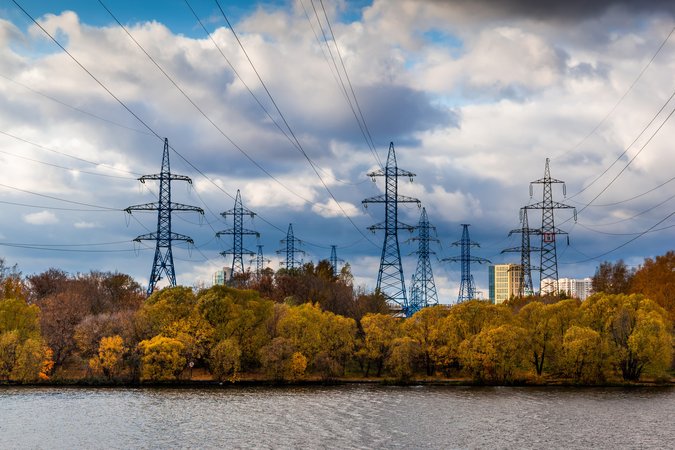Price Elasticity of Supply and Productivity: An Analysis of Natural Gas Wells in Wyoming
We evaluate the roles played by prices and geological characteristics in determining well-level natural gas supply.
Using a large dataset of well-level natural gas production from Wyoming, we evaluate the respective roles played by market signals and geological characteristics in natural gas supply. While we find well-level production of natural gas is primarily determined by geological characteristics, producers respond to market signals through drilling rates and locations. Using a novel fixed effects approach based on petroleum-engineering characteristics, we confirm that production decline rates tend to be larger for wells with larger peak-production rates. We also find that the price elasticity of peak production is negative, plausibly because firms drill in less productive locations as prices increase. Finally, we show that drilling is price inelastic, although the price elasticity of drilling increased significantly when new technologies began to be adopted in Wyoming. Our results indicate that the popular view that shale wells have larger decline rates than conventional wells can be at least partially explained by the pattern of falling natural gas prices.
Key findings
- Production of natural gas is primarily determined by geological characteristics.
- More recently fracked wells tend to have larger initial production and faster production decline rates.
- The price elasticity of initial production is negative, suggesting that firms are willing to drill in less geologically attractive locations when prices rise.
- These points complicate the decision to add pipeline capacity.





